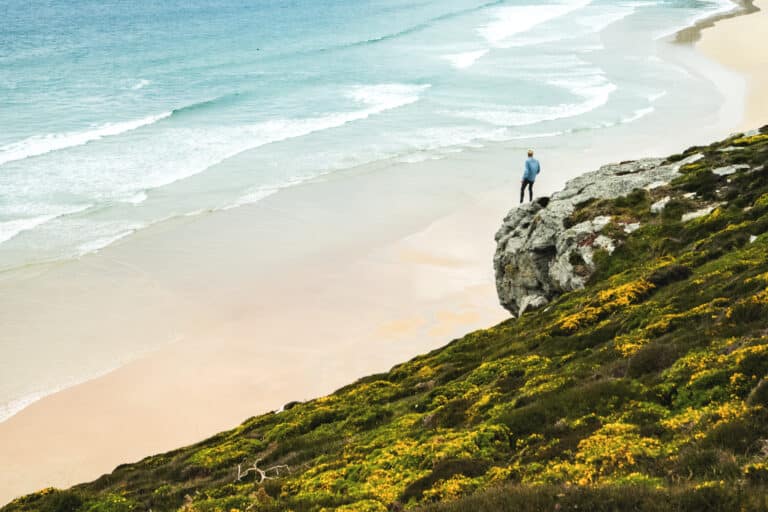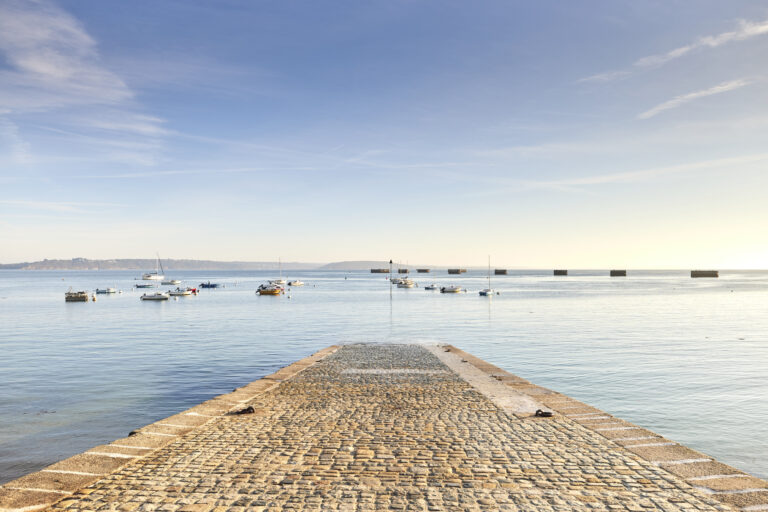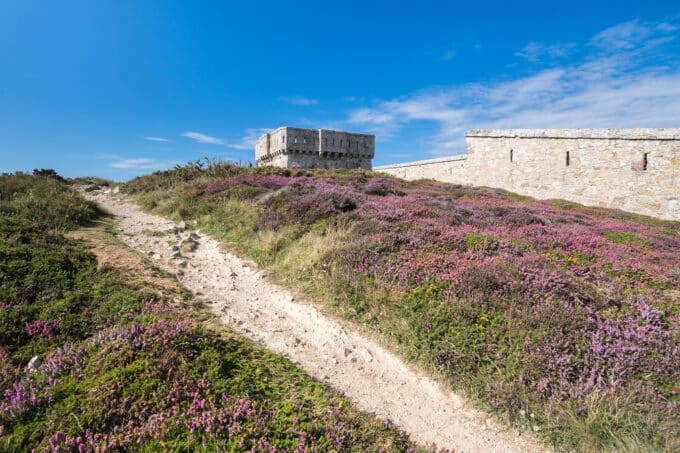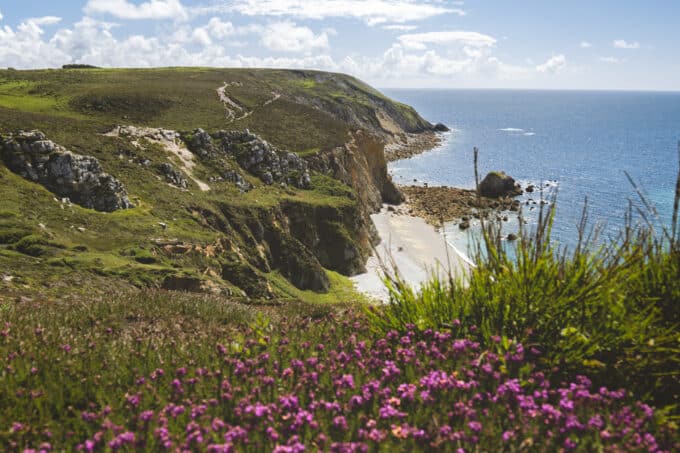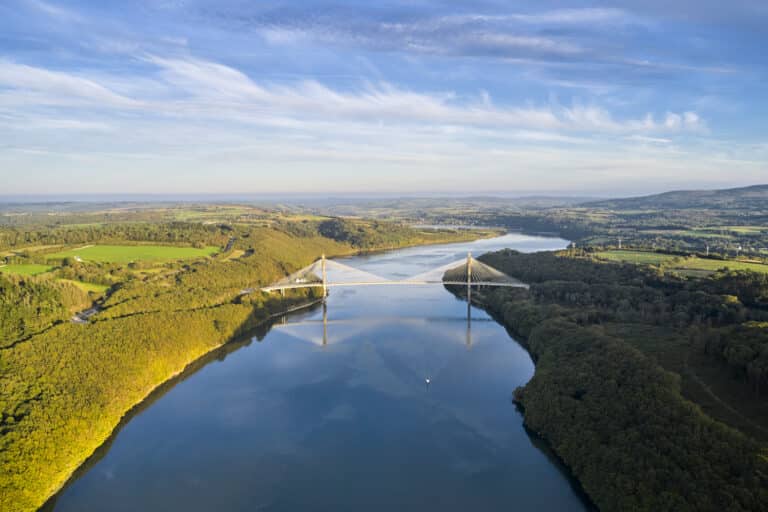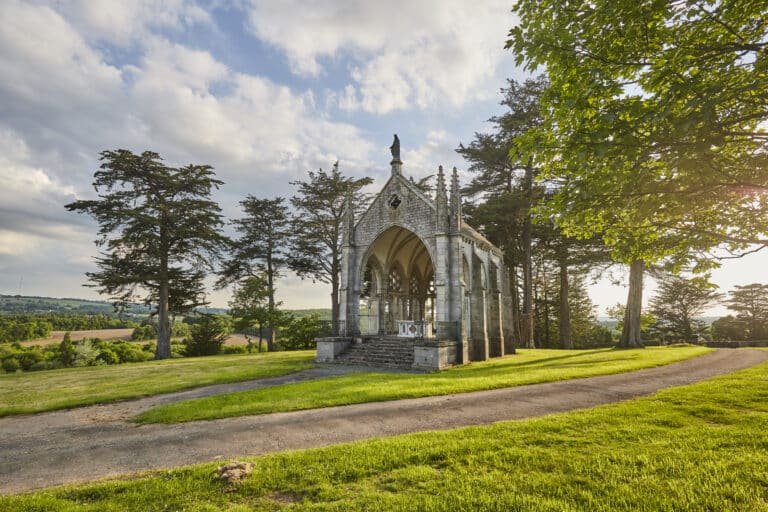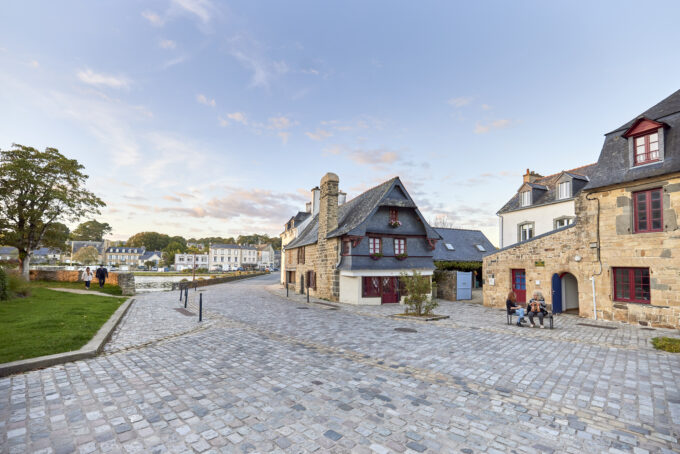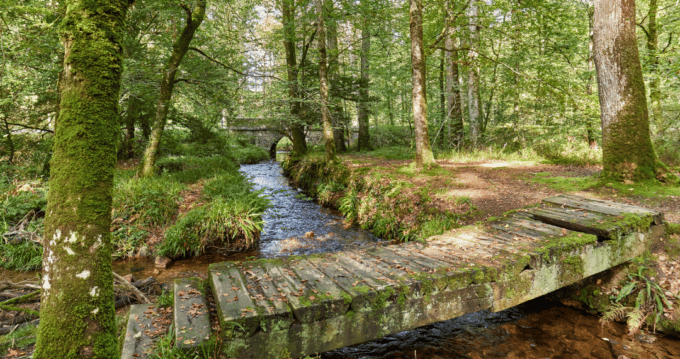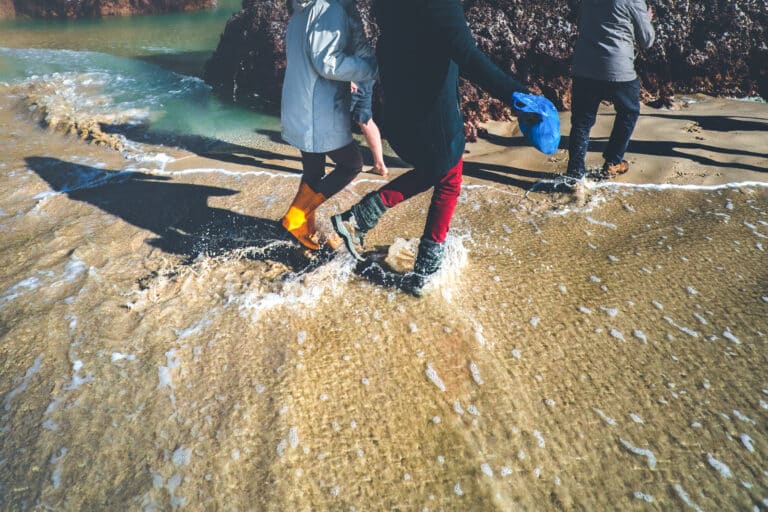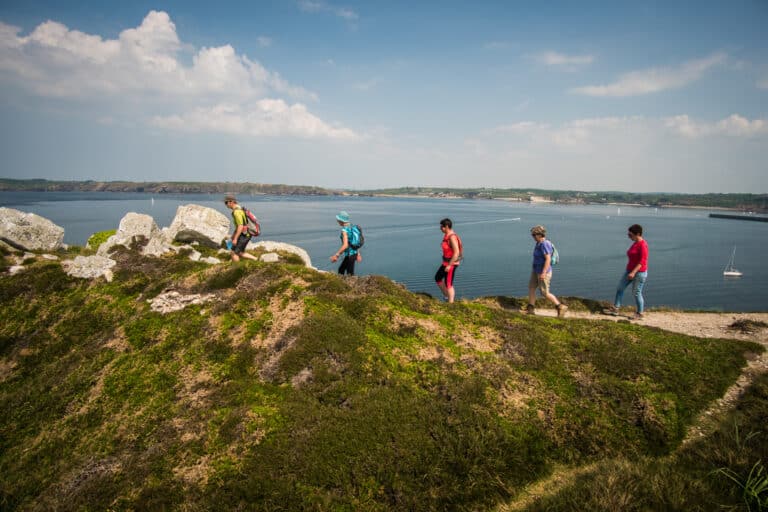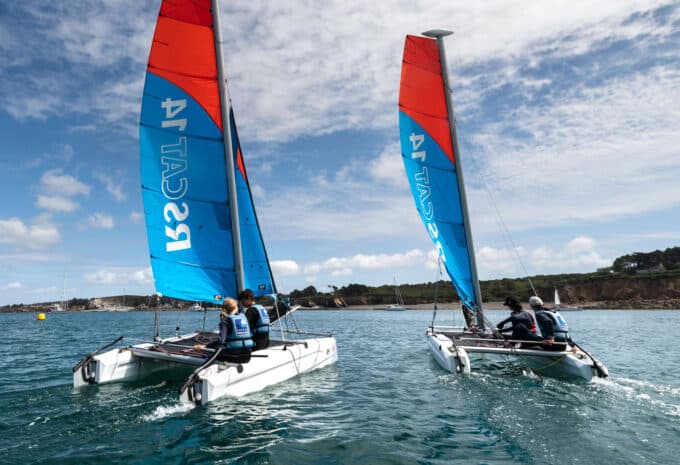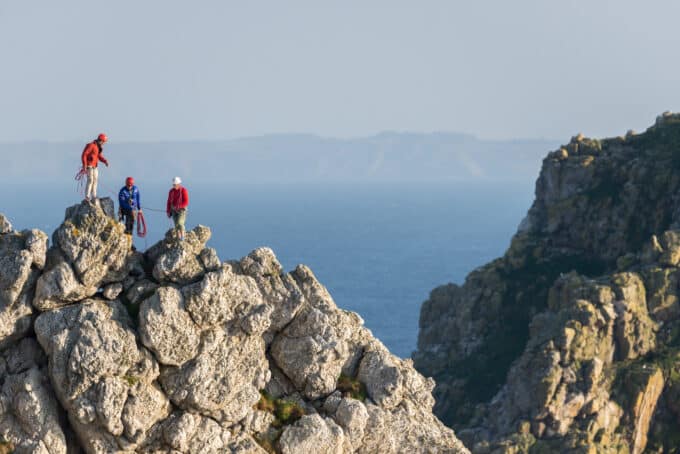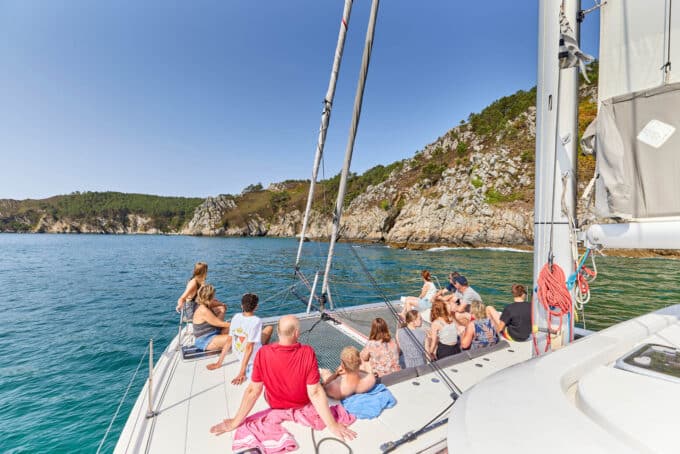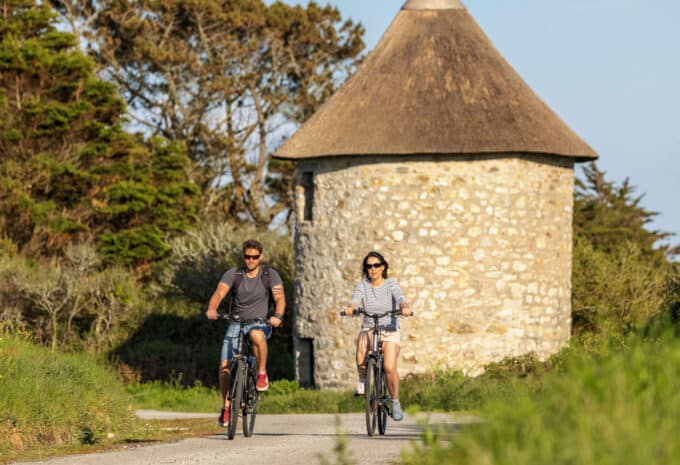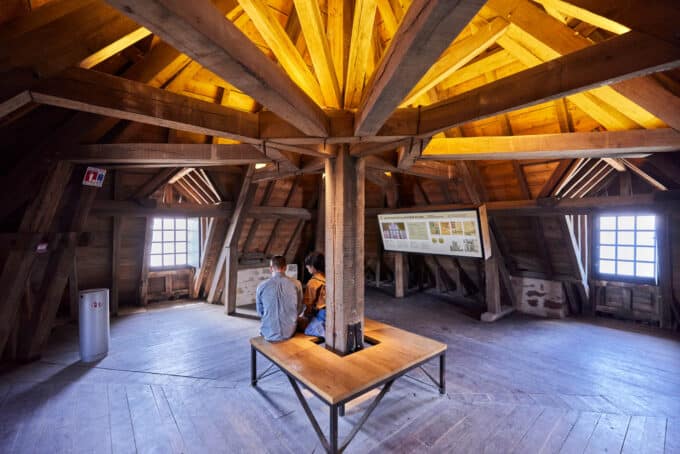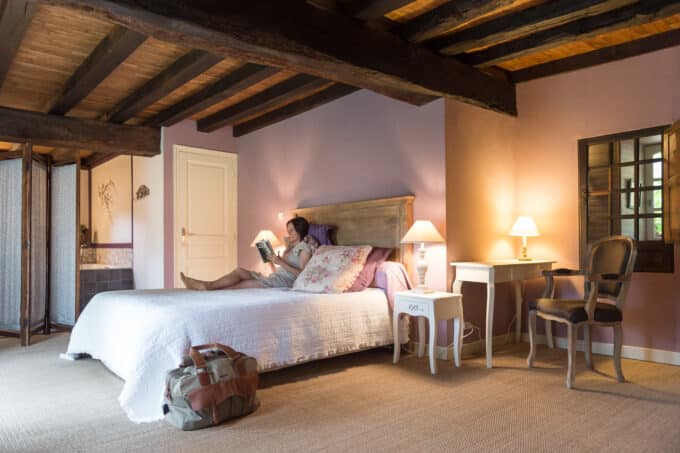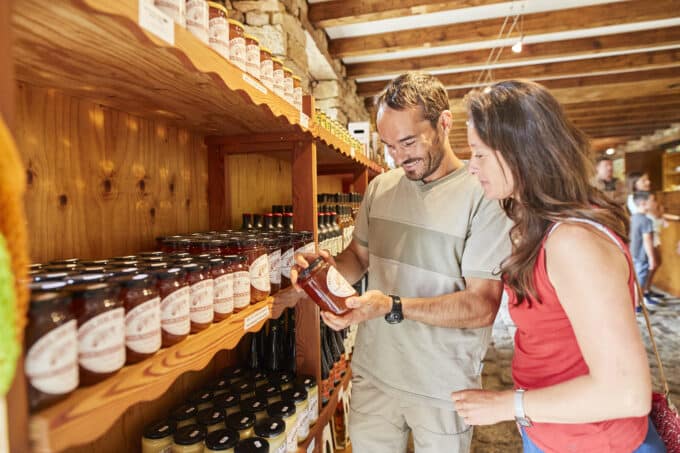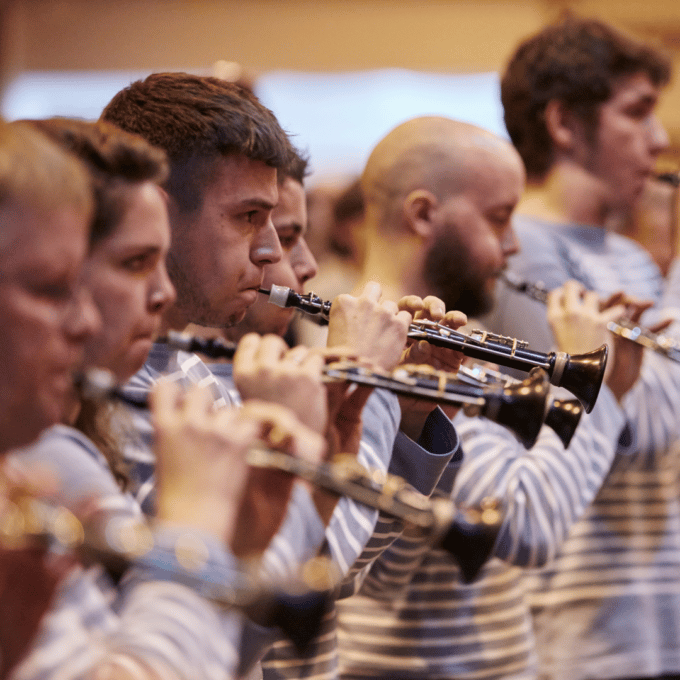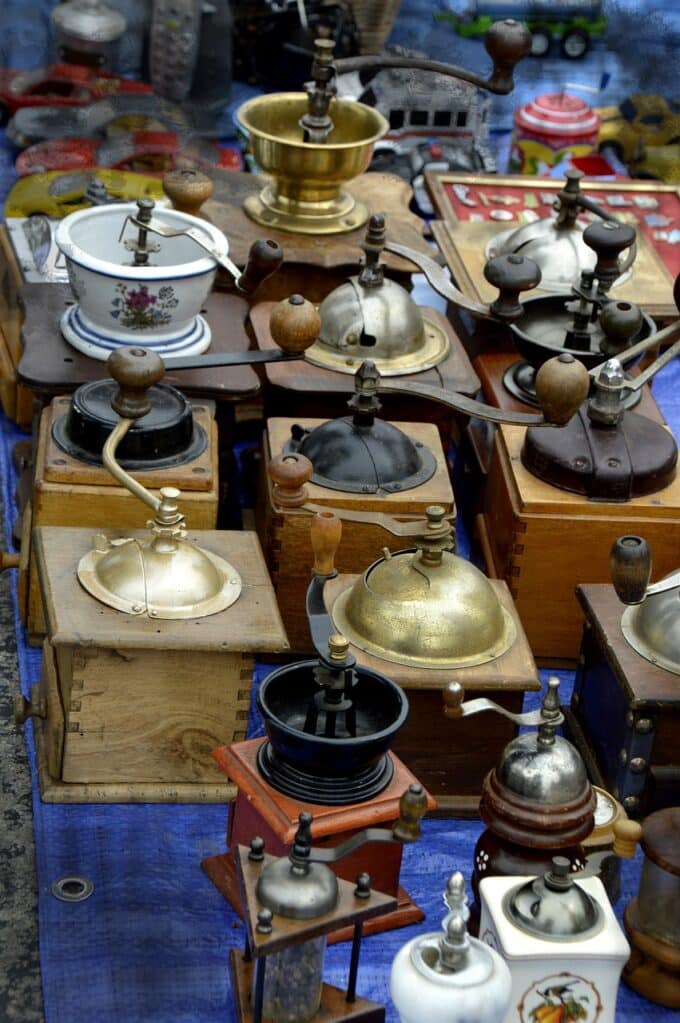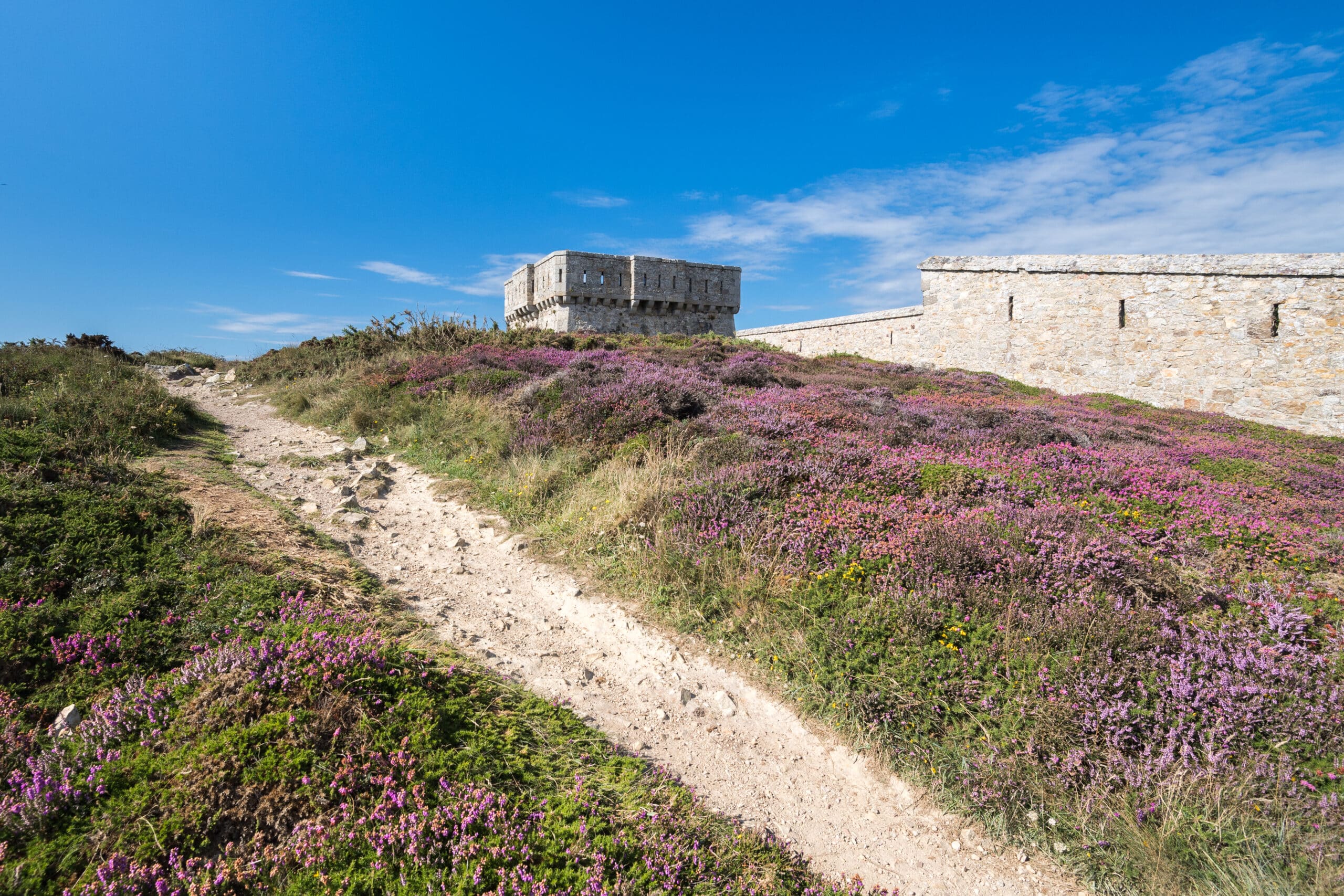On the Fortifications Route in the Crozon Peninsula
The Crozon peninsula is one of France's most diverse fortification sites. Numerous fortifications have been built here over the centuries.
Vauban Tower
Gouin Battery
Toulinguet Tower
Kerbonn battery
Cap de la Chèvre Battery
Kador battery
Aber Fort
Pointe des Espagnols
Fort de la Fraternité
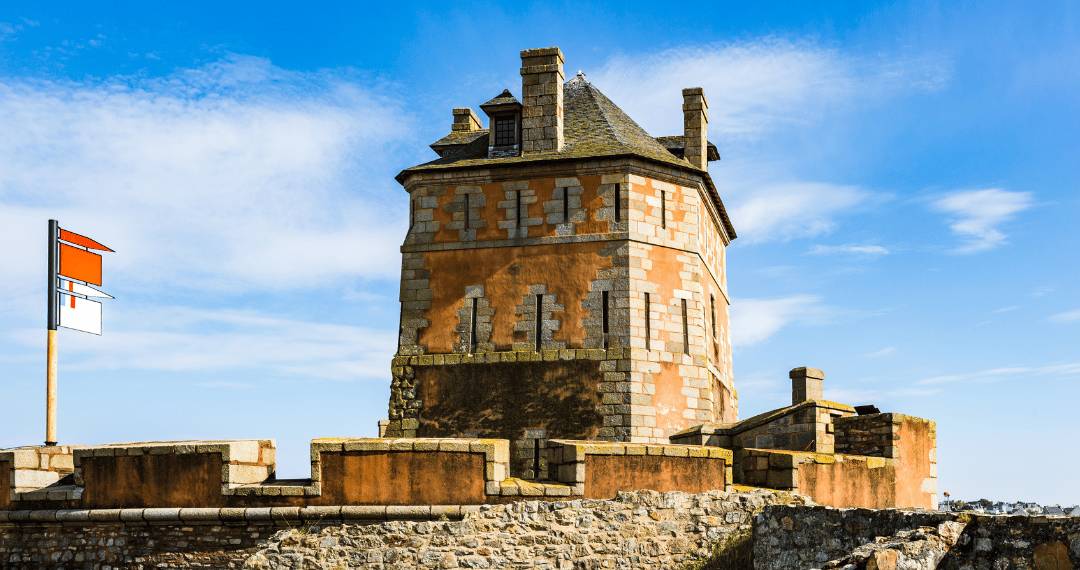
Vauban Tower
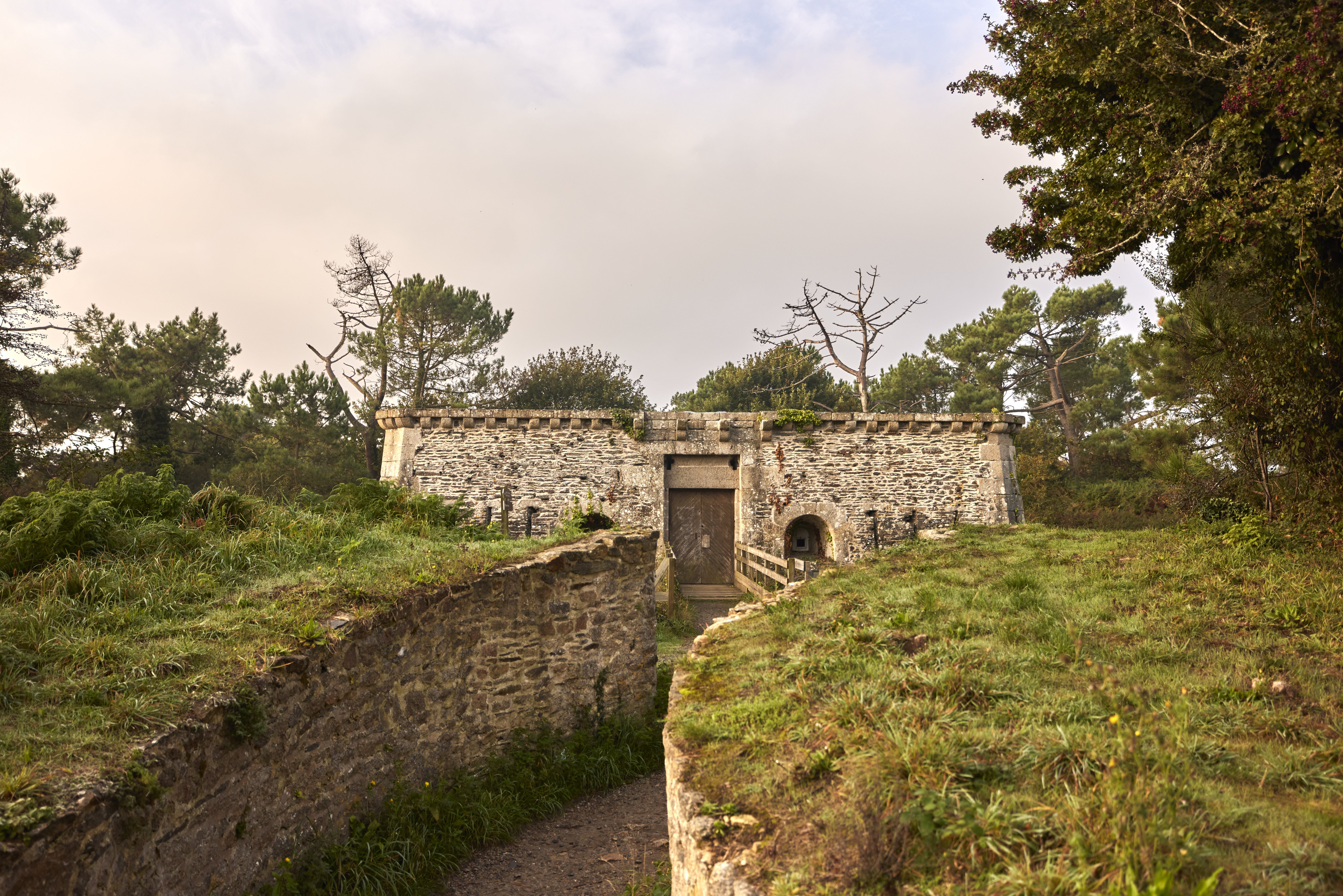
Pointe des Espagnols
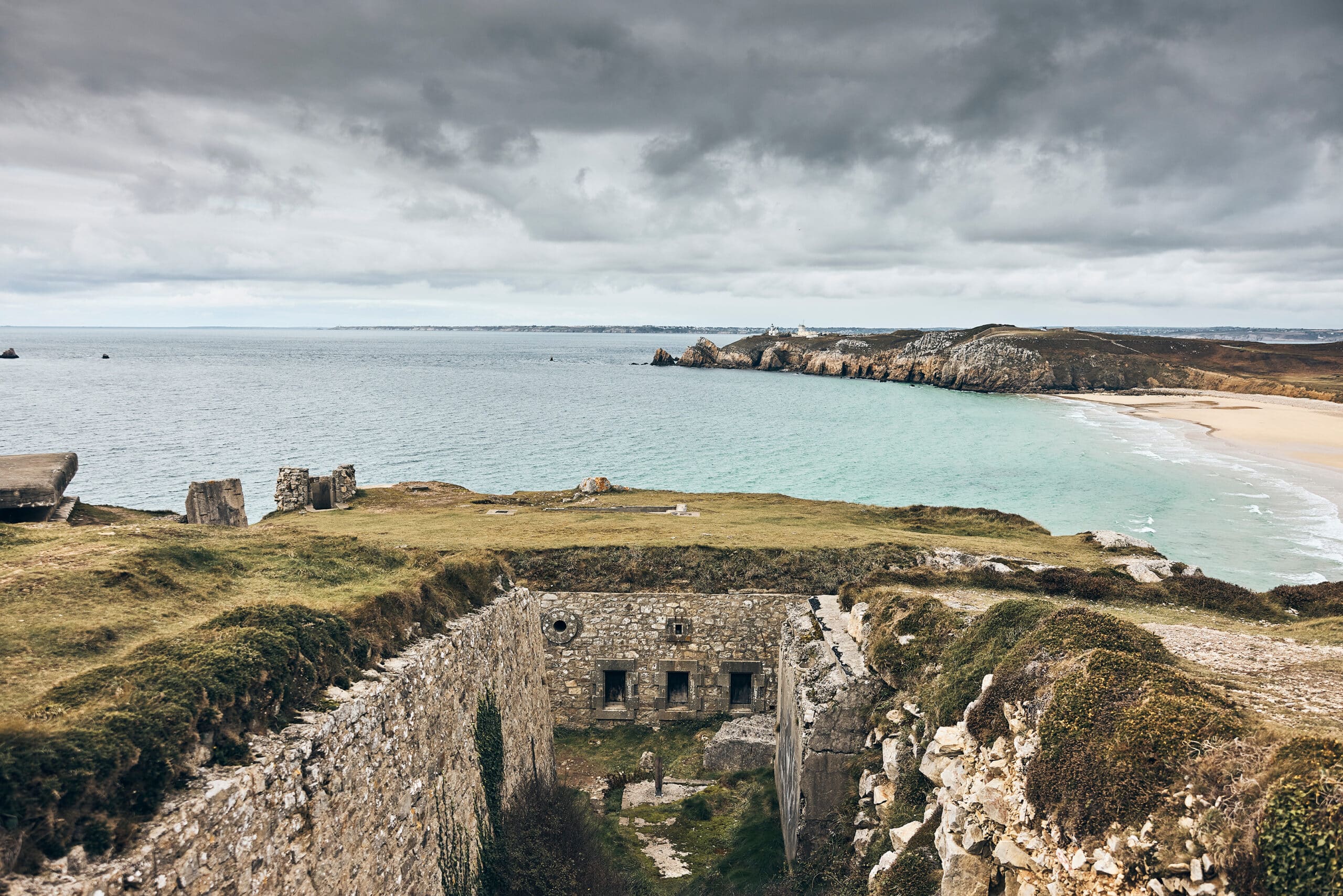
The Kerbonn battery
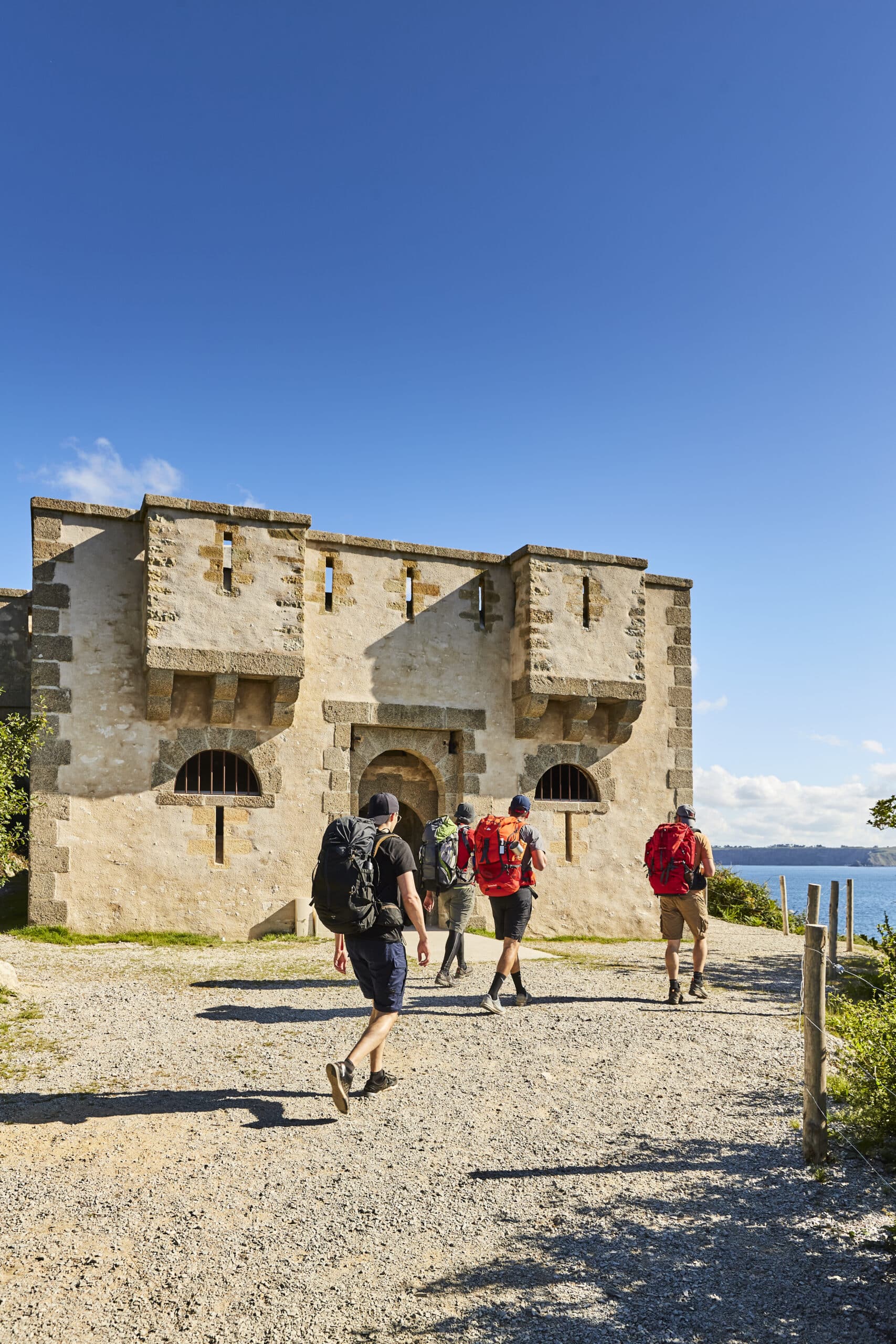
Pointe du Gouin
discovering our heritage
Here you'll find a selection of fortifications to discover along the coast.
route des fortifications
The Vauban Tower
Your trip along the Route des Fortifications begins with this major structure on the peninsula, a symbol of the military defense of the Brest Narrows. The Tour Vauban, commissioned by the military architect Vauban under Louis XIV, bears witness to over 300 years of history. Its role was to prevent landings in the Camaret cove. In 1694, unfinished at the time, it played a decisive role in the battle of Trez Rouz against the Anglo-Dutch fleet. Today, the Tour Vauban has been listed as a UNESCO World Heritage Site since 2008, alongside 11 other sites in the Vauban Fortifications Network. Discover its history through the scenography set up inside the tower.
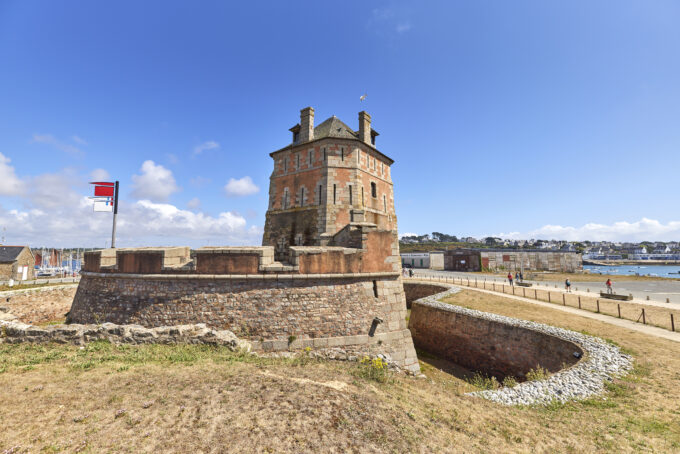

Sébastien Le Prestre de Vauban
Polygonal in shape, it's nicknamed the "Golden Tower" because of its color, which is even more luminous on a winter sunset! Only much later did it take the name of its illustrious designer.
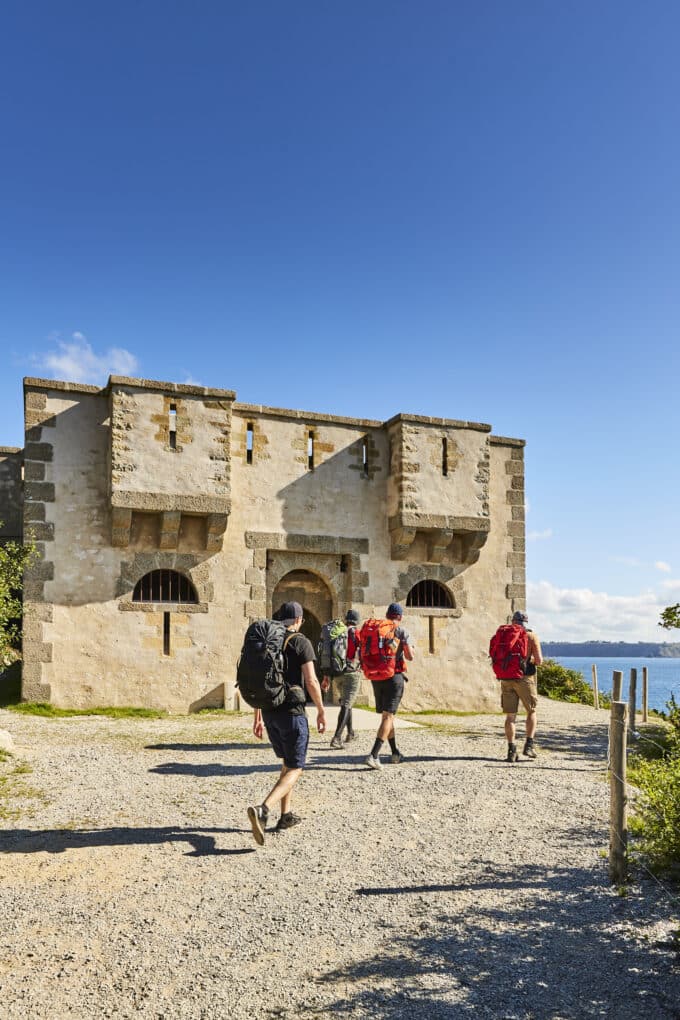
route des fortifications
La pointe du Gouin
In military architecture, batteries are fortified structures designed to house artillery pieces within a surrounding wall. The Gouin battery can not only be visited, but is also located on one of the most beautiful viewpoints of the peninsula, the Pointe du Gouin. One of the essential stops if you're embarking on a walking tour of the peninsula.
route des fortifications
Toulinguet Tower
This site, which is off-limits to visitors but visible from the outside, is located on the westernmost tip of the Crozon peninsula. The tower was built according to a standard plan ordered by Napoleon I. The tower on the Pointe des Espagnols was built on the same model. Nearby is the Toulinguet lighthouse, built in 1848.
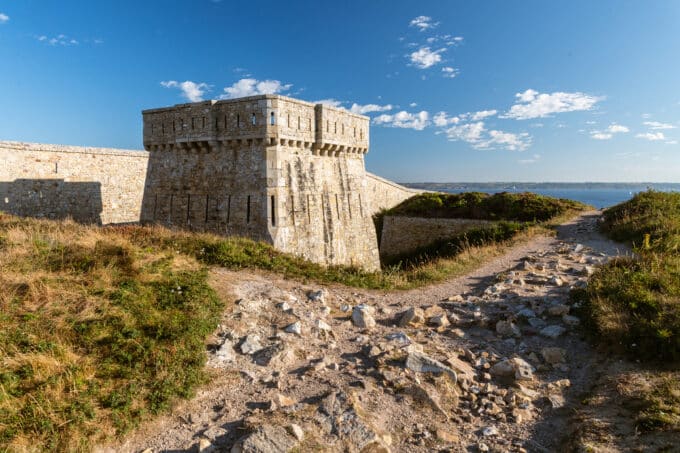
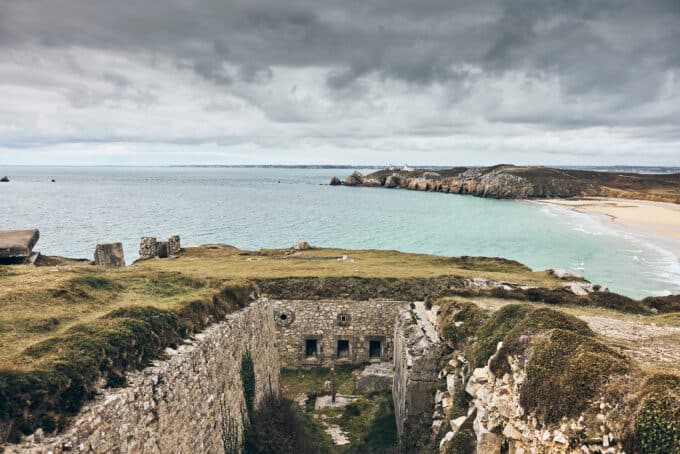
route des fortifications
The Kerbonn battery
The special feature of the Kerbonn battery, on the fortifications road, is that the buildings are buried underground. They can be identified by the opening in the roof, which served as an observation post. The Battle of the Atlantic Memorial is located on this site, inside a casemate.
Further information
Want to find out more? The Route des Fortifications map is available from your tourist office or directly here :
route des fortifications
Cap de la Chèvre battery
Just south of the Crozon peninsula, on the edge of Douarnenez Bay, Cap de la Chèvre was also a strategic military defense site. However, the battery here is relatively recent: it was built in 1939. It was equipped with all modern means of sighting and transmission.
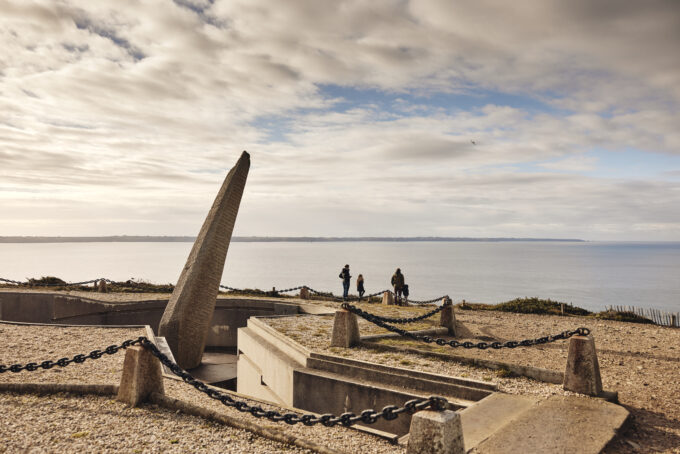
Most of the fortifications were built on cliff tops, on sites that are now of interest to flora (fescue, artemisia, sea cristae) or fauna (bats, peacock butterflies, cave spiders), which find refuge there for the winter.
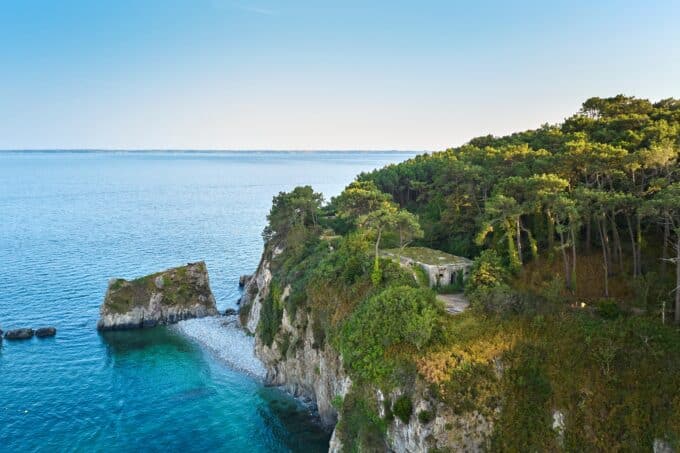
route des fortifications
Kador batteries
The Kador batteries are older, dating back to 1757. Few traces remain, but the vault of the powder magazine is still standing. The fort, built in 1861, is still visible, as is the gunpowder magazine carved into the rock. But be discreet! The powder magazine is the preferred nesting place of the Great Rhinolophus, a protected species of bat.
MORE INFO
Fortifications since the Neolithic
The very first fortifications on the Crozon peninsula were built in the Iron Age on promontories surrounded by water.
The Pointe de Lostmarc'h still bears witness to this today, with its barred spur and large earthen levees on which tall palisades were built.
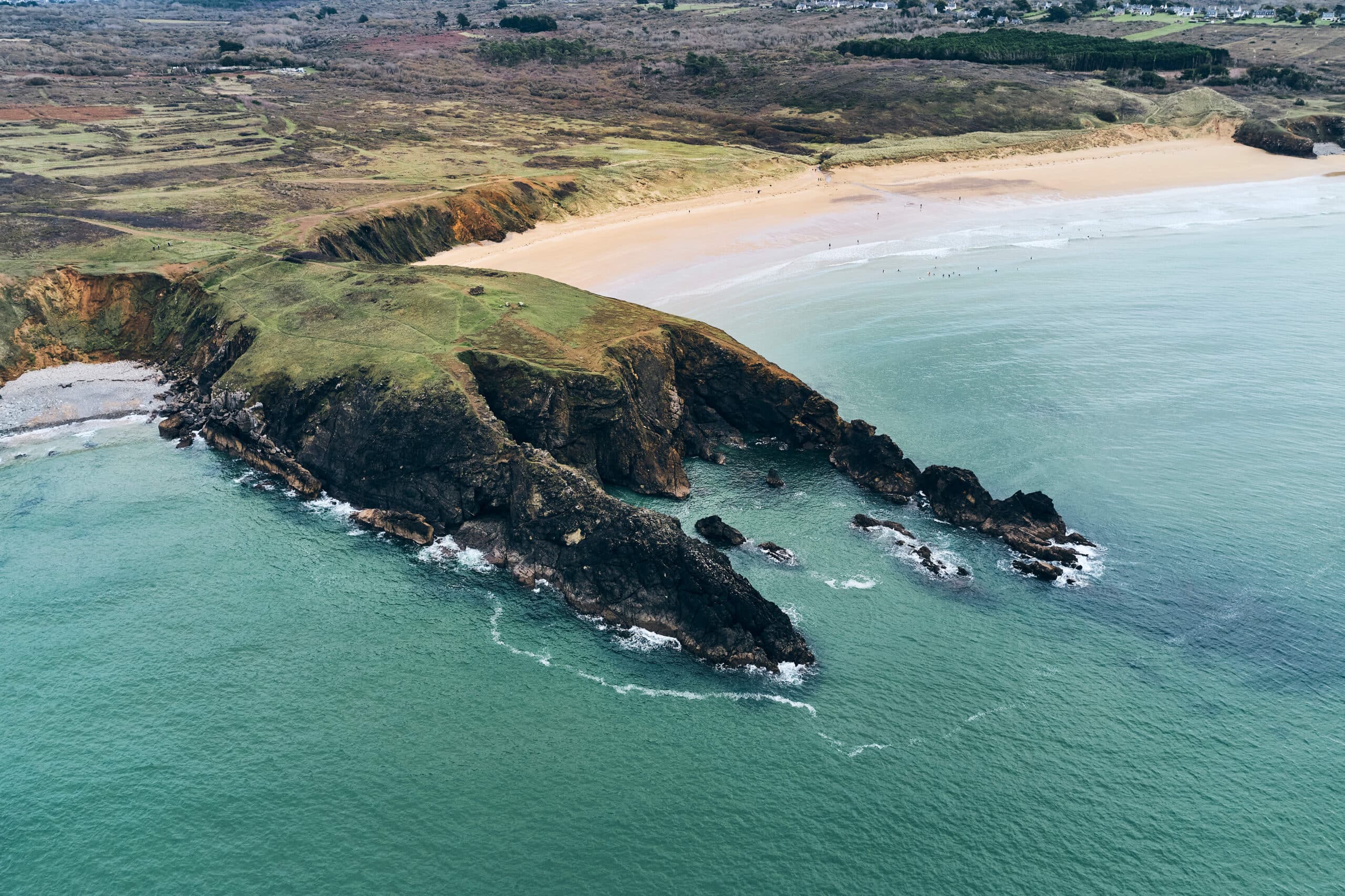
route des fortifications
Aber Fort
To reach the Fort de l'Aber, keep an eye on the tide, as the fort is located on an island accessible on foot at low tide. The Île de l'Aber was fortified by Vauban at the same time as the Tour de Camaret was built, in 1694. The fort itself dates back to 1862.
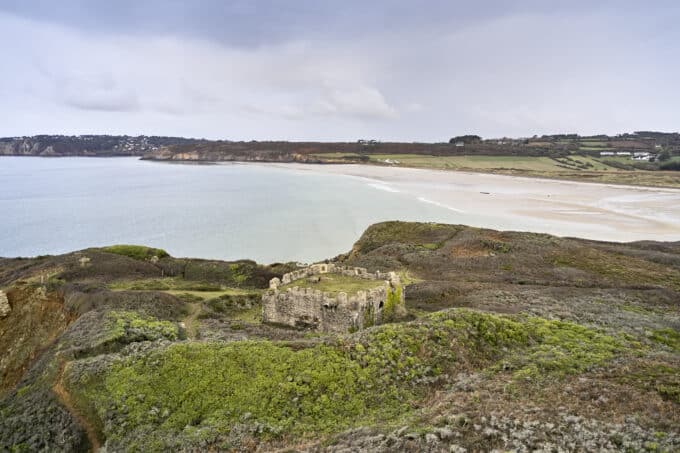
The Aber fort, along with the Kador and Postolonnec batteries, were part of the fortifications built in the 17th century to protect the Morgat cove. The aim: to prevent anchoring in the calm waters of the cove, which would have allowed the enemy to land and take the coastal fortifications in reverse.
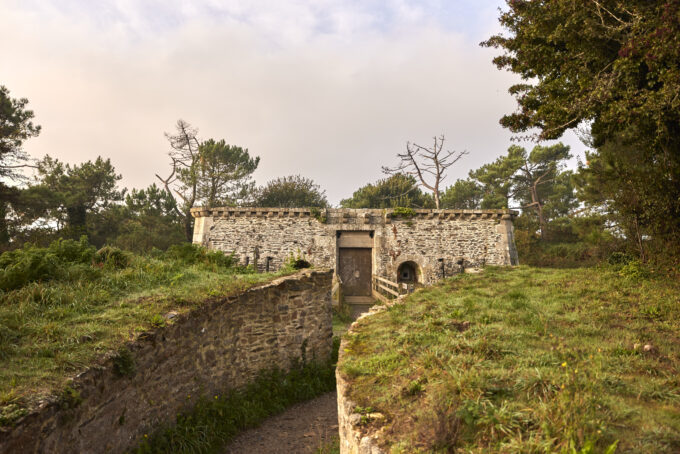
route des fortifications
La Pointe des Espagnols
The Pointe des Espagnols is located at the narrowest mouth of the Brest Narrows: only 1500 meters separate it from the Portzic lighthouse, just opposite. All the fortifications on the coast of the peninsula, as well as the one opposite to the north, were eminently strategic locations for the defense of Brest and its harbor, lining the banks of the gully.
The Fort de Cornouaille, located nearby on the Roscanvel peninsula, was built in 1566, leaning against the cliff. A military site until 2009, it is now open to the public and has been classified as a Historic Monument since 2013.
Did you know?
The place owes its name to the settlement of the Spanish in the 16th century. If you come in July and August, you'll be able to see exhibitions on the history of the fortifications.
route des fortifications
The Fraternity Fort
The continuation of the Route des Fortifications now takes you to the west coast of Roscanvel, facing the Bay of Camaret. Built at the very end of the 17th century, it underwent a number of modifications in the 19th century. Situated in a cove facing the Islet du diable, this defensive structure was designed to defend the entrance to the port of Camaret and the passageway to the Brest Narrows.
It's a fortification quite unlike anything you'll find on the rest of the coast. The GR34 trail that crosses it allows you to admire the remains of the walls, as well as the surviving gunpowder magazine.
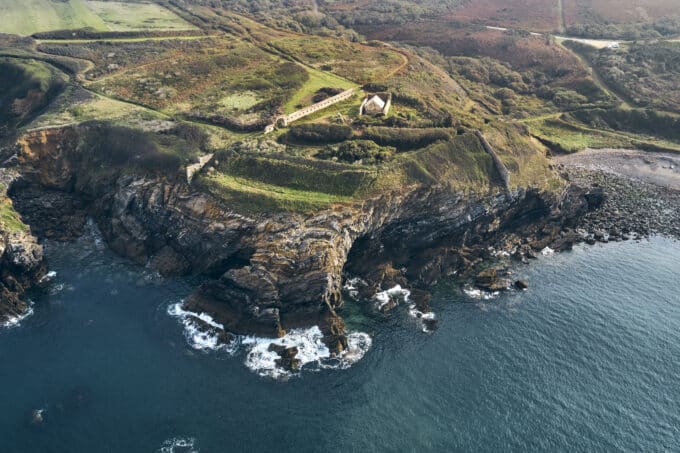
More information
Although the threat of invasion disappeared at the end of the 20th century, the Crozon peninsula still has a history of territorial defense: Île Longue, east of Pointe des Espagnols, is home to nuclear submarines.
